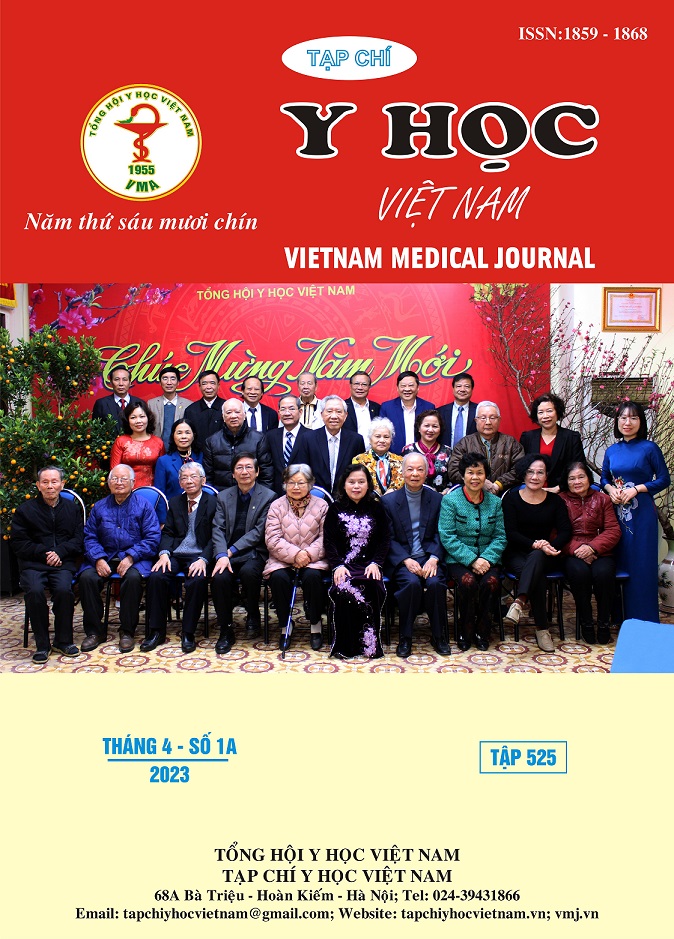APPLYING A MOLECULAR ASSAY REAL TIME PCR FOR MALARIA DETECTION ON DRIED BLOOD SPOT AND SPECIMEN WITH EDTA
Main Article Content
Abstract
Introduction: Malaria is an infection diease caused by Plasmodium species. through the malaria vector, the Anopheles mosquito, in Vietnam this disease is mainly caused by Plasmodium falciparum and Plasmodium vivax, which mainly circulates throughout the year in the forest, mountainous and coastal areas where diagnostic methods for detecting this disease are often not easily accessible. There are many detection methods to find malaria parasites but most of them are not highly sensitive, require technician experience and require a large amount of blood. The application of dried blood spot in malaria parasite detection by molecular assay Real time PCR shows the efficiency in diagnostic, cost and convenient storage – transportation capable of practical application for epidemiological investigation and epidemic localization. Objective: Evaluation of the effectiveness of the Real time PCR assay in detecting malaria parasite on Whatmann 3MM dried blood spot compared to blood sample in EDTA anticoagulation. Materials and method: The study described a series of cases conducted on 19 samples of Whatmann 3MM and 19 blood samples with EDTA collected from malaria parasite culture, and evaluated the technical effectiveness on 10 capillary blotting paper samples of patients suspected of from malaria parasite infection collected at the Institute of Malaria – Parasitology – Insects. HCMC from 07/2022-10/2022. Result: There was no difference in the results of malaria parasite detection in both specimens collected from malaria parasite culture, the detectable malaria parasite density was 3 parasitesml of blood by Real time PCR.
Article Details
Keywords
malaria parasite, Plasmodium falciparum, Plasmodium vivax, Real time PCR
References
2. Kattenberg JH, Erhart A, Truong MH, et al. Characterization of Plasmodium falciparum and Plasmodium vivax recent exposure in an area of significantly decreased transmission intensity in Central Vietnam. Malar J. Apr 27 2018;17(1):180. doi:10.1186/s12936-018-2326-1
3. World health Organization (WHO). World Malaria Report 2020 - 20 years of global progress and challenges. https://wwwwhoint/teams/global-malaria-programme/reports/world-malaria-report-2020/. 2020;
4. Lê Thành Đồng, Trịnh Ngọc Hải. Kỹ thuật nuôi cấy và bảo quản P. falciparum dài ngày trong phòng thí nghiệm. Tạp chí Y học thực hành 2013;856:26 - 28.
5. Rougemont M, Van Saanen M, Sahli R, Hinrikson HP, Bille J, Jaton K. Detection of four Plasmodium species in blood from humans by 18S rRNA gene subunit-based and species-specific real-time PCR assays. Journal of clinical microbiology. 2004;42(12):5636-5643.
6. Mohon AN, Getie S, Jahan N, Alam MS, Pillai DR. Ultrasensitive loop mediated isothermal amplification (US-LAMP) to detect malaria for elimination. Malaria journal. 2019;18(1):1-10.


